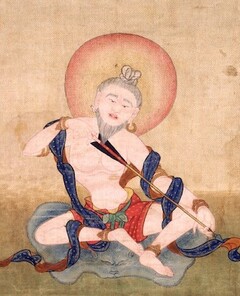Advice Series
English (219) | Deutsch (59) | Español (37) | Français (86) | Português (40) | Italiano (8) | 中文 (44) | བོད་ཡིག (219)
A series of texts of advice and practical instructions on the path in general as well as more specific topics such as the intermediate states (bar do), Dzogchen, Mahāmudrā and retreat:
